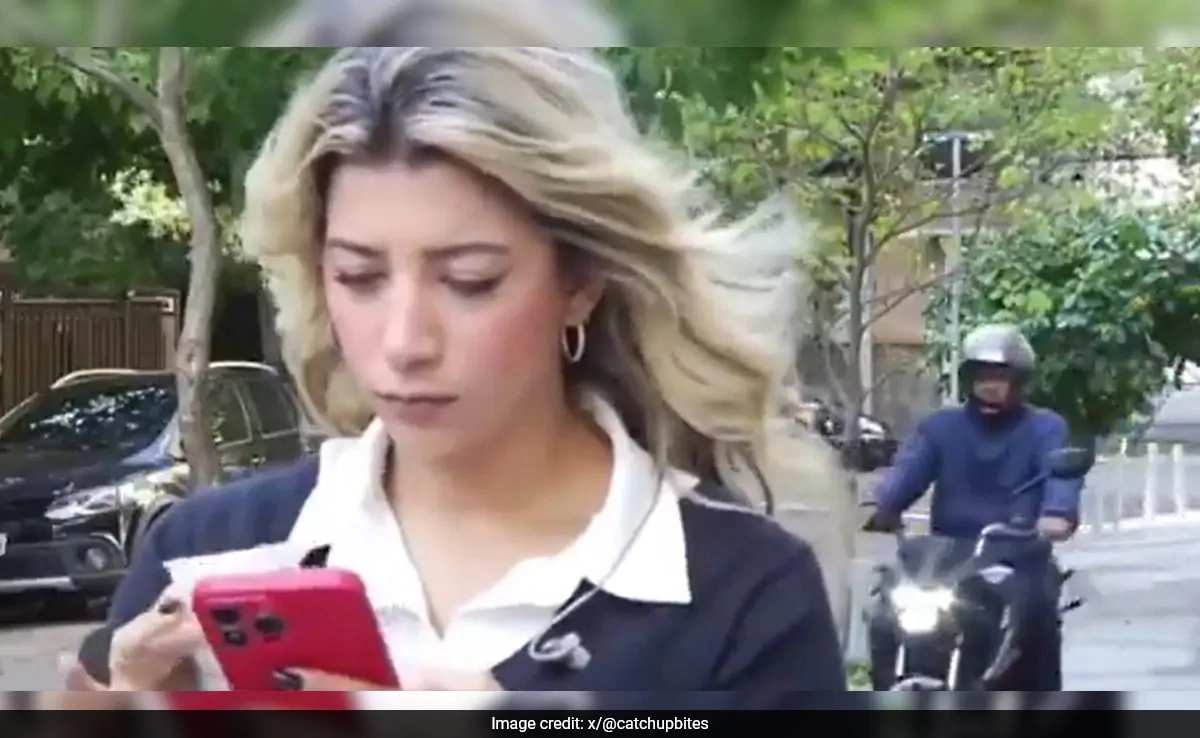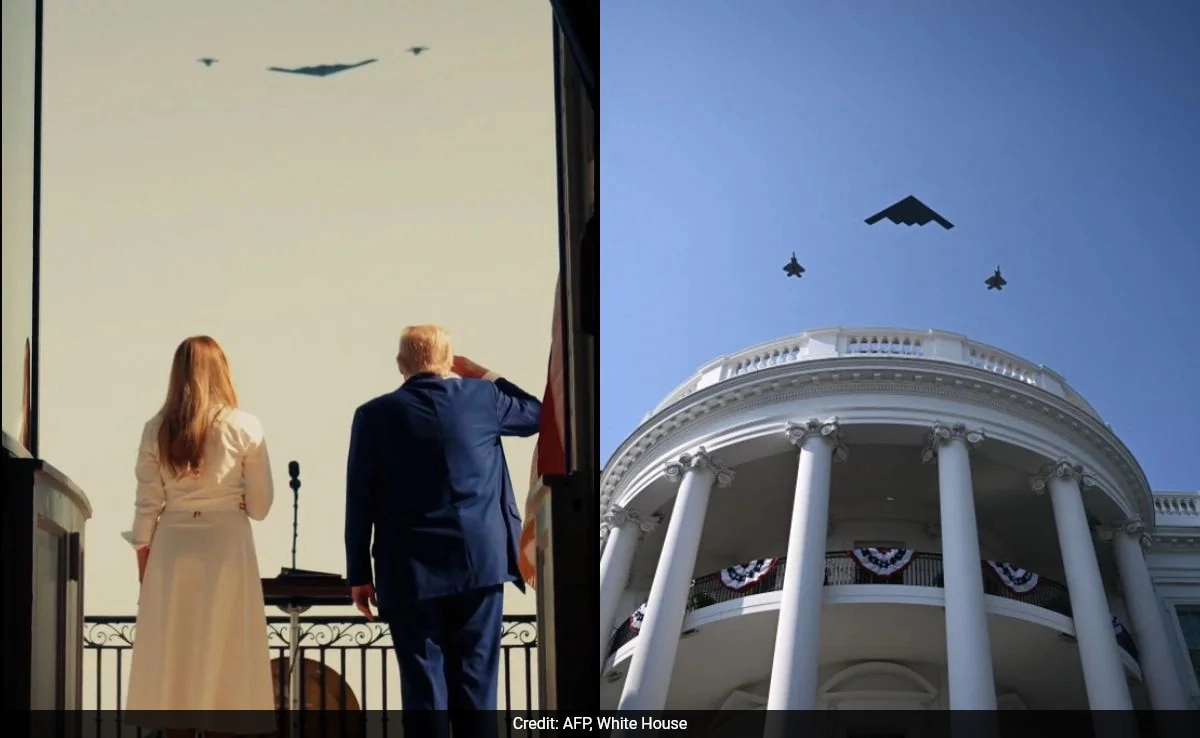In a shocking incident that underscores the dangers faced by journalists around the world, a Brazilian TV reporter was mugged just moments before going live on air. The reporter, who was preparing to deliver a segment on a bustling street, found herself in a precarious situation that quickly escalated from routine to terrifying. As she was setting up for her broadcast, an assailant approached her, demonstrating the unfortunate reality of crime in urban environments. This alarming event not only highlights the risks that reporters face while trying to bring news to the public but also raises questions about safety measures in place for journalists working in high-risk areas.
The footage of the incident quickly circulated on social media, shocking viewers and eliciting widespread condemnation of the attack. Many individuals expressed their outrage and concern for the reporter’s safety, emphasizing the need for better protection for journalists who bravely venture into dangerous situations to report on important issues. This incident serves as a stark reminder of the physical threats that media professionals often encounter, particularly in regions plagued by crime. It also prompts a broader discussion about the societal conditions that contribute to such acts of violence, as well as the responsibilities of media organizations to ensure their employees are safe while on assignment.
The reporter, despite the traumatic experience, exhibited remarkable resilience. After the mugging, she managed to gather herself and went on to deliver her report live, demonstrating her commitment to her profession even in the face of adversity. This act of courage not only showcases her dedication but also serves to inspire other journalists who may find themselves in similarly precarious situations. The incident has sparked conversations about the importance of mental health support for journalists who are subjected to violence and trauma in the line of duty, reinforcing the need for comprehensive safety protocols and training.
In the aftermath, discussions surrounding the incident continued to unfold, with calls for more robust measures to protect reporters in the field. Advocacy groups and media organizations are now pushing for improved security protocols, such as the provision of safety training and resources for journalists covering high-risk stories. As the media landscape evolves, the importance of safeguarding the freedom of the press and ensuring the safety of its practitioners remains paramount. This incident serves not only as a cautionary tale but also as a rallying point for those committed to protecting journalists and upholding the vital role they play in society.




